Navigating the World: A Deep Dive into Continent and Nation Maps
Associated Articles: Navigating the World: A Deep Dive into Continent and Nation Maps
Introduction
With nice pleasure, we’ll discover the intriguing matter associated to Navigating the World: A Deep Dive into Continent and Nation Maps. Let’s weave fascinating data and provide contemporary views to the readers.
Desk of Content material
Navigating the World: A Deep Dive into Continent and Nation Maps
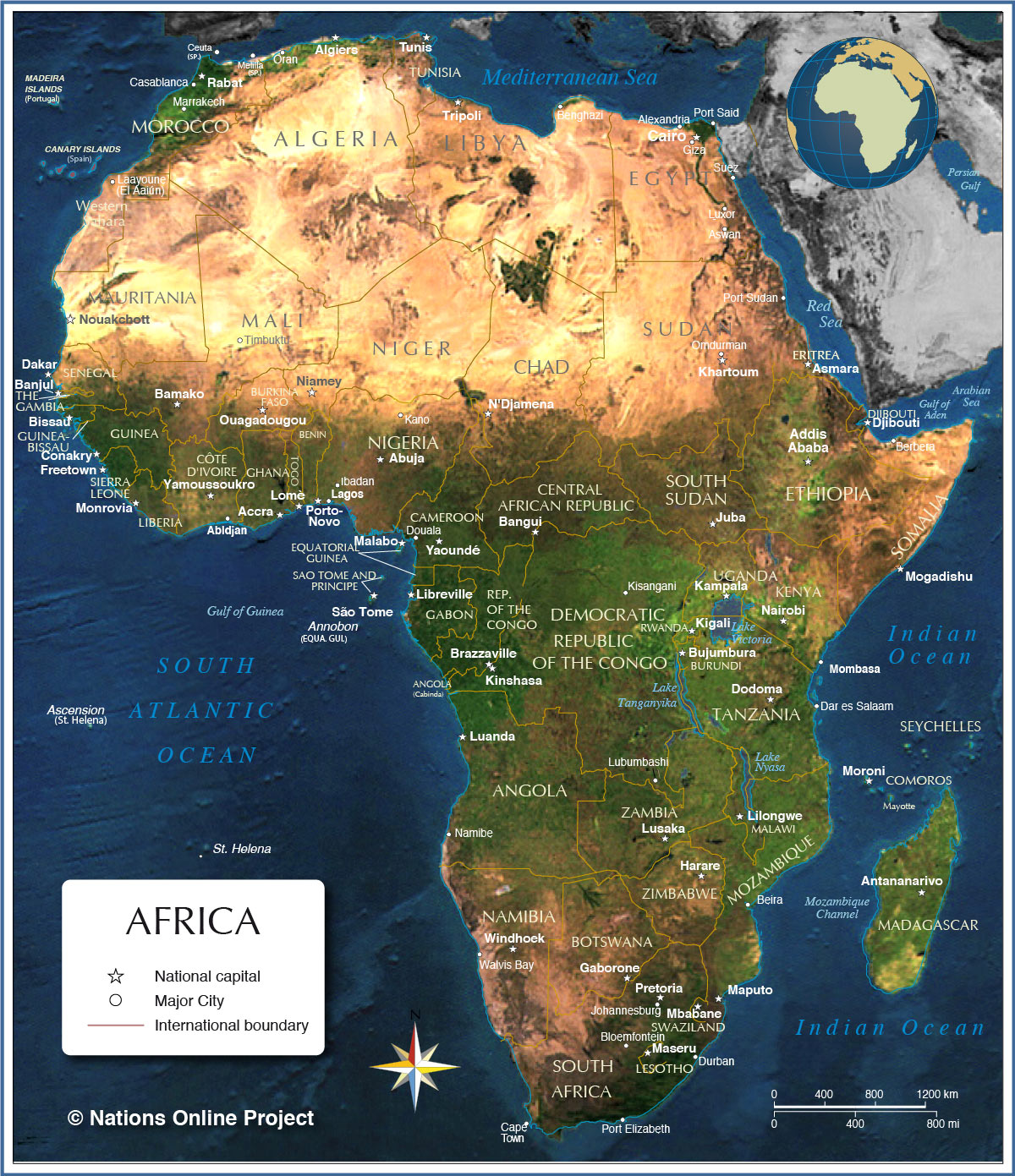
Maps are elementary instruments for understanding our world. They distill advanced geographical data into visible representations, permitting us to understand spatial relationships, distances, and the distribution of assorted options. Among the many commonest and essential varieties of maps are these depicting continents and nations. These cartographic representations, whereas seemingly easy, reveal a wealth of data and replicate numerous historic, political, and cultural influences. This text will discover the intricacies of continent and nation maps, inspecting their evolution, their differing types, their inherent limitations, and their continued relevance within the twenty first century.
The Evolution of Continent and Nation Maps:
The earliest makes an attempt at mapping continents and nations had been rudimentary, usually based mostly on restricted exploration and commentary. Historic civilizations, such because the Greeks and Romans, created maps that had been extra symbolic than correct, reflecting their understanding of the recognized world. These maps usually displayed a geocentric worldview, inserting their very own civilization on the middle. The event of cartography considerably superior throughout the Age of Exploration (Fifteenth-Seventeenth centuries), with explorers like Christopher Columbus and Vasco da Gama charting new territories and contributing to a extra correct understanding of continental boundaries. The invention of the printing press facilitated the widespread dissemination of maps, permitting for higher collaboration and refinement of cartographic information.
The 18th and nineteenth centuries noticed a surge in scientific cartography, with developments in surveying methods, geodesy (the science of measuring the Earth’s form and measurement), and projection strategies resulting in extra correct and detailed maps. The event of nationwide surveys in varied nations resulted within the creation of exact maps depicting nationwide borders and inside geographical options. This period additionally witnessed the rise of thematic mapping, the place maps had been used to signify a selected theme or variable, resembling inhabitants density, local weather, or useful resource distribution.
The twentieth and twenty first centuries have been marked by the mixing of know-how into mapmaking. The usage of aerial images, satellite tv for pc imagery, and Geographic Data Programs (GIS) has revolutionized cartography, offering unprecedented ranges of element and accuracy. Digital maps, readily accessible by way of on-line platforms and GPS units, have turn into ubiquitous, remodeling how we navigate and work together with the world.
Sorts of Continent and Nation Maps:
Continent and nation maps usually are not monolithic; they fluctuate considerably of their objective, scale, and degree of element. Some widespread varieties embody:
-
Reference Maps: These are general-purpose maps that present a primary overview of a continent or nation’s geographical options, together with coastlines, rivers, mountains, and cities. They function foundational maps for different varieties of thematic maps.
-
Political Maps: These maps concentrate on the political boundaries of nations, states, or provinces. They sometimes present capital cities, main administrative facilities, and typically disputed territories. Political maps are essential for understanding geopolitical relationships and worldwide affairs.
-
Bodily Maps: These maps emphasize the bodily options of a area, highlighting topography, elevation, and landforms. They usually use contour strains, shading, or colour gradients to signify elevation adjustments. Bodily maps are important for understanding the environmental context of a area.
-
Thematic Maps: These maps signify a selected theme or attribute, resembling inhabitants density, local weather zones, vegetation varieties, or useful resource distribution. They use varied cartographic methods, resembling choropleth maps (utilizing colour shading to signify information), dot maps (utilizing dots to signify information factors), and isopleth maps (utilizing strains to attach factors of equal worth), to visually talk data.
-
Street Maps: These maps are particularly designed to help navigation, displaying roads, highways, and different transportation routes. They’re usually detailed and embody options resembling factors of curiosity, distances, and landmarks.
-
Topographic Maps: These extremely detailed maps present the three-dimensional form of the Earth’s floor, together with elevation contours, drainage patterns, and different options. They’re usually used for land-use planning, engineering initiatives, and out of doors recreation.
Limitations and Challenges in Mapmaking:
Regardless of developments in know-how, continent and nation maps usually are not with out limitations. A number of challenges stay:
-
Map Projections: Representing a three-dimensional sphere on a two-dimensional floor inevitably introduces distortions. Totally different map projections decrease several types of distortion (space, form, distance, course), resulting in variations within the illustration of continents and nations. The selection of projection is dependent upon the meant objective of the map.
-
Knowledge Accuracy: The accuracy of maps is dependent upon the standard of the information used to create them. Knowledge assortment will be difficult, particularly in distant or inaccessible areas. Inaccurate or outdated information can result in misrepresentations of geographical options and limits.
-
Political Issues: Mapmaking is commonly influenced by political concerns. Disputes over territorial boundaries can result in conflicting representations of nationwide borders. The portrayal of disputed territories could be a delicate subject, requiring cautious consideration.
-
Scale and Generalization: Maps are inherently generalizations of actuality. The extent of element proven on a map is dependent upon its scale. Giant-scale maps present extra element, whereas small-scale maps present a broader overview. Generalization is critical to simplify advanced data and make maps simpler to learn and perceive.
The Continued Relevance of Continent and Nation Maps:
Regardless of the rise of digital applied sciences and digital globes, continent and nation maps stay important instruments in varied fields:
-
Schooling: Maps are essential for educating geography, historical past, and social research. They assist college students perceive spatial relationships, cultural distributions, and historic occasions.
-
Navigation: Whereas GPS units are extensively used, maps present a broader context and permit for offline navigation. They’re significantly helpful in areas with restricted or unreliable GPS protection.
-
Planning and Growth: Maps are important for city planning, useful resource administration, and environmental conservation. They supply a visible framework for analyzing spatial patterns and making knowledgeable choices.
-
Geopolitics and Worldwide Relations: Maps are used to investigate geopolitical relationships, perceive territorial disputes, and monitor the motion of individuals and assets.
-
Emergency Response: Maps are essential for emergency response planning and coordination. They assist determine affected areas, assess injury, and facilitate the supply of support.
Conclusion:
Continent and nation maps are way over easy visible representations of the Earth’s floor. They’re highly effective instruments that replicate our understanding of the world, our historical past, and our place inside it. From their humble beginnings as rudimentary sketches to their present kind as subtle digital representations, maps have advanced alongside our data and know-how. Whereas challenges stay in making certain accuracy and objectivity, the continued relevance of continent and nation maps underscores their enduring significance in navigating and understanding our advanced world. Their capability to synthesize huge quantities of data right into a readily digestible format ensures their continued use in training, analysis, planning, and numerous different functions for years to come back. As know-how continues to advance, we will count on additional improvements in mapmaking, resulting in much more correct, detailed, and insightful representations of our planet.
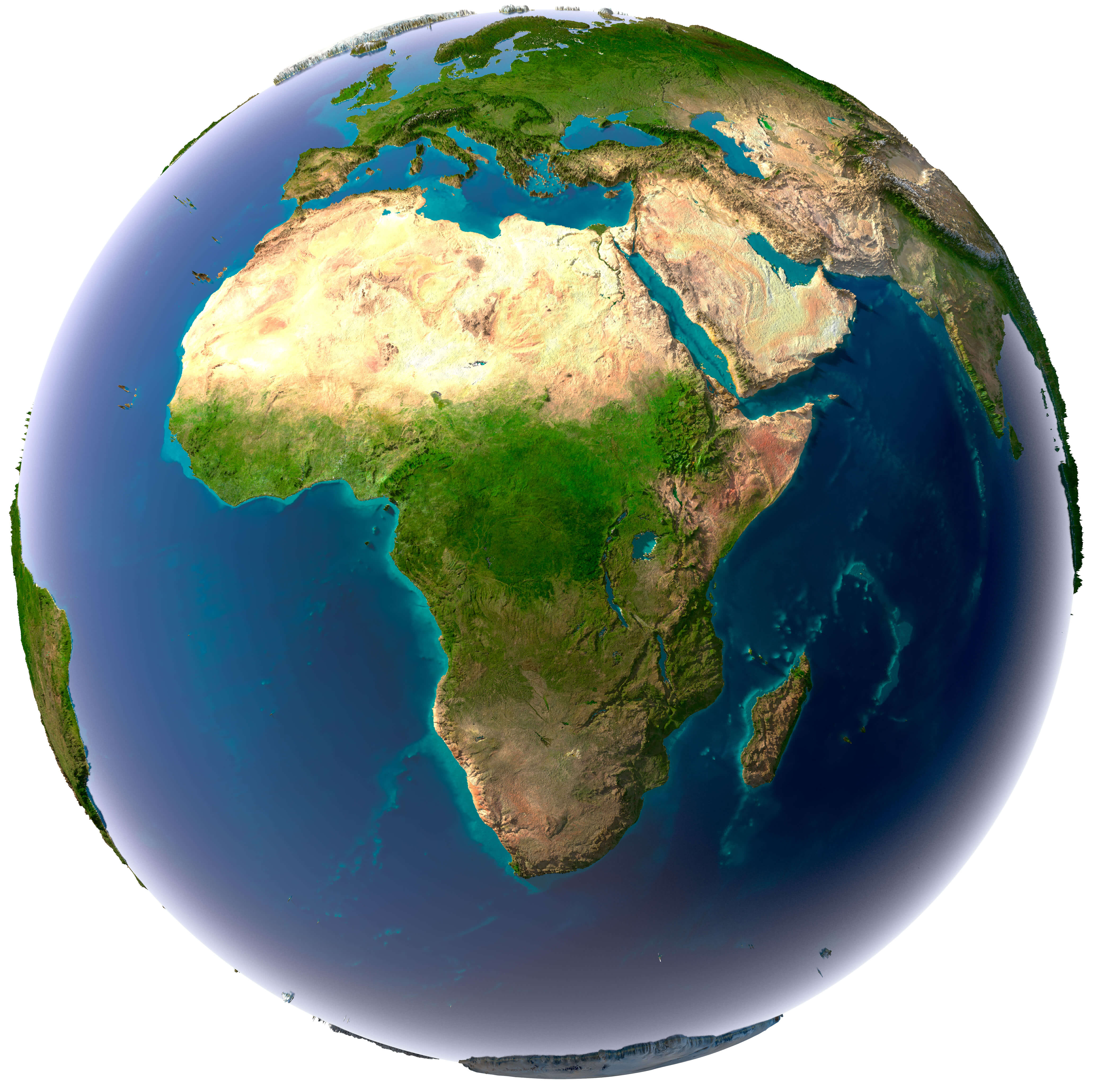

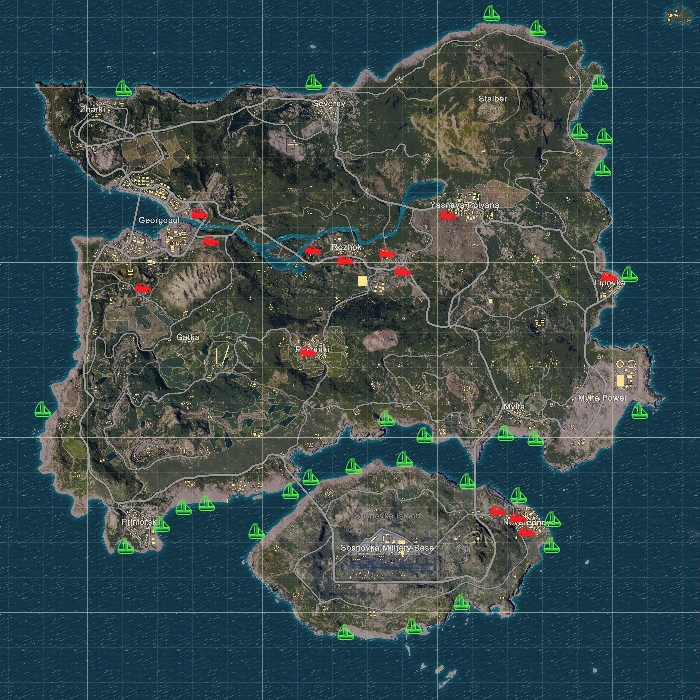
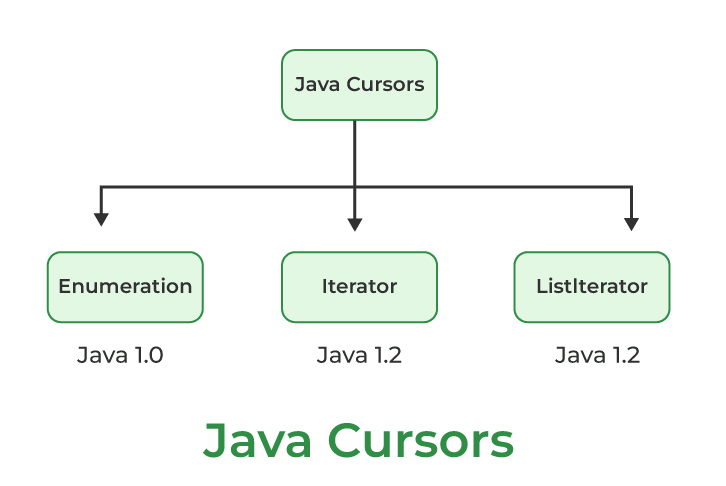
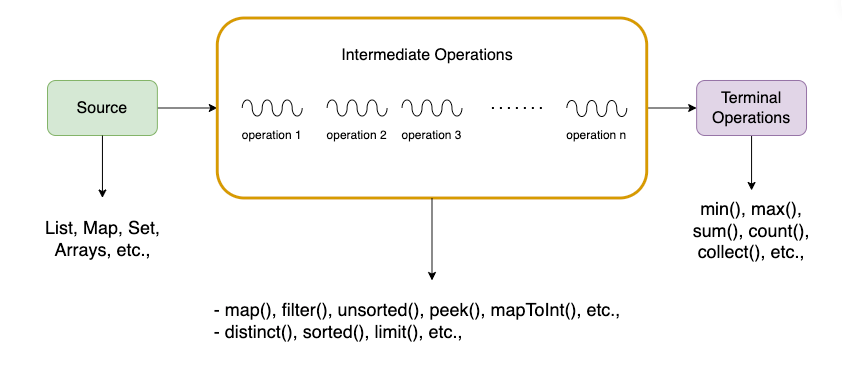

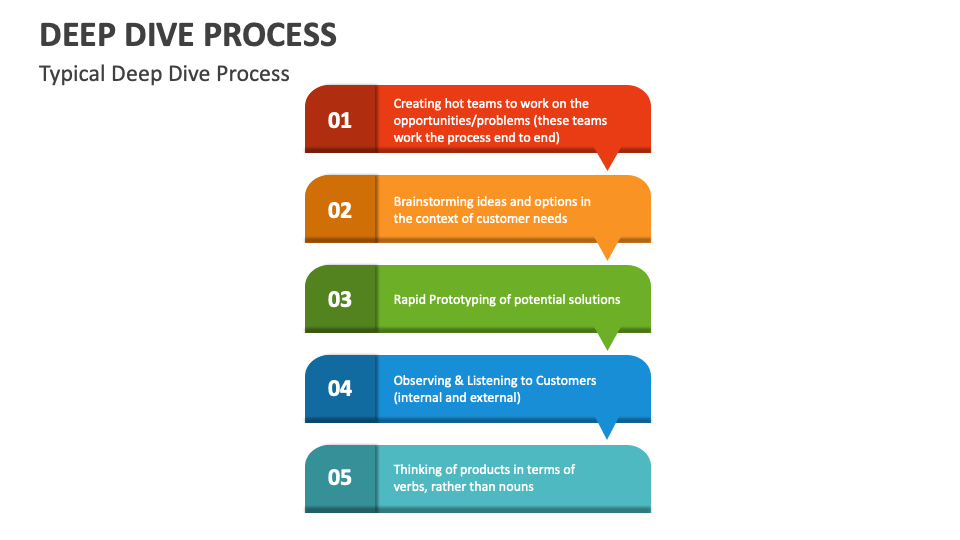
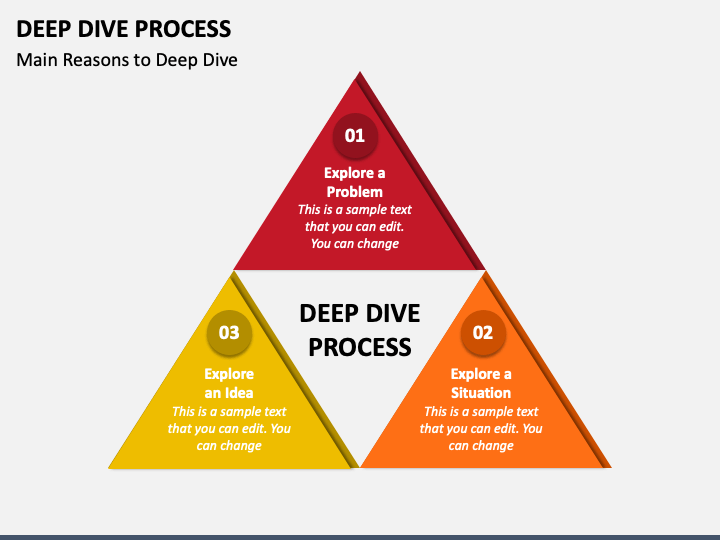
Closure
Thus, we hope this text has offered precious insights into Navigating the World: A Deep Dive into Continent and Nation Maps. We admire your consideration to our article. See you in our subsequent article!